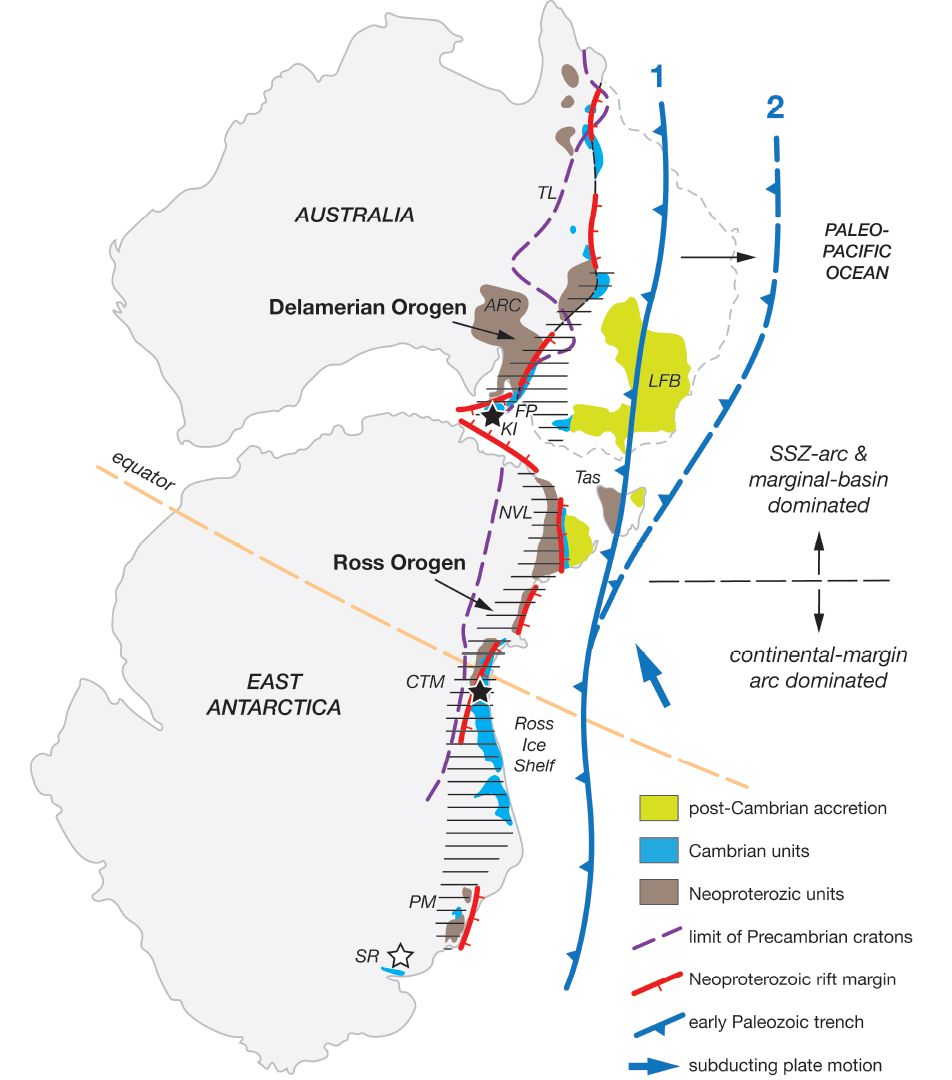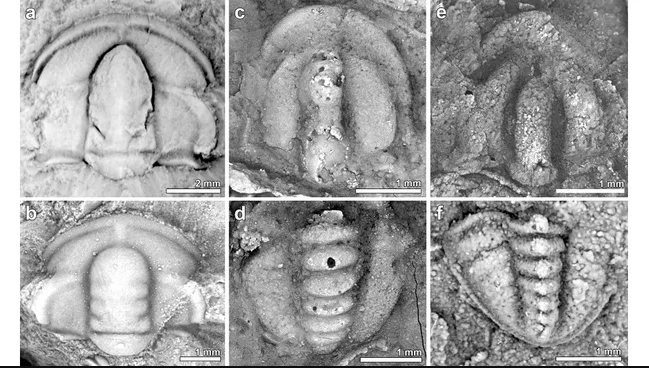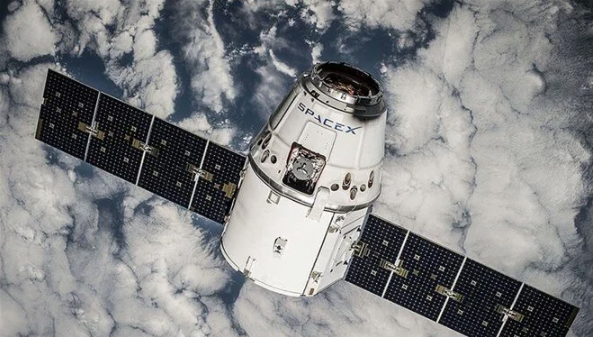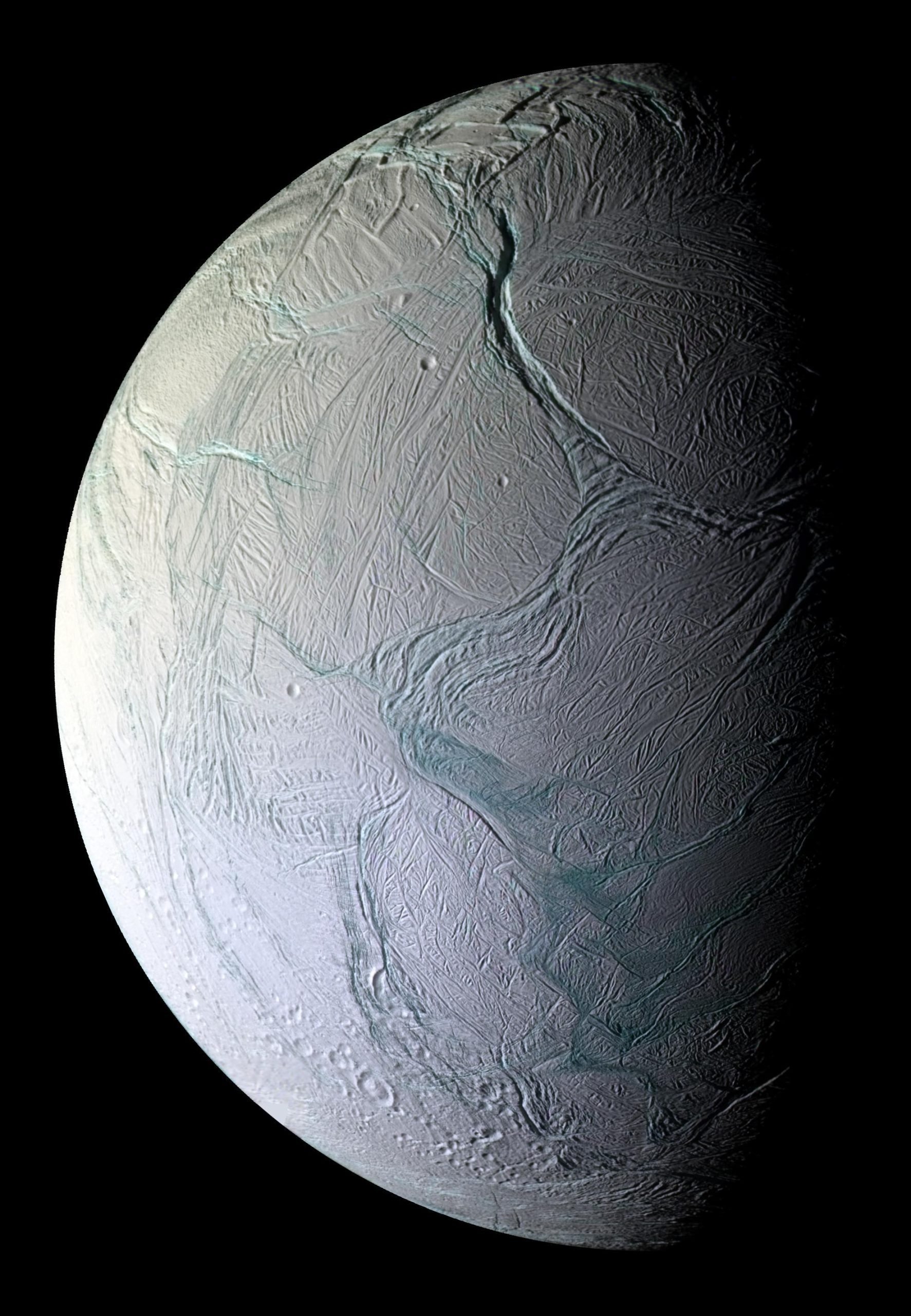During a significant period of biological expansion on Earth, a significant extinction event might have been instigated by plate tectonics, according to recent research.
Recent findings establish correlations between geological formations in Antarctica and Southern Australia, both of which were components of the supercontinent Gondwana at the time. This implies that analogous geological processes were underway around Gondwana roughly 513 million years ago: mountain ranges were rising, ancient reefs were declining, and detritus from the continent was being deposited into the ocean. These temporal occurrences align with the Sinsk event, an extinction event identified by study leader Paul Myrow, a sedimentologist at Colorado College.
“Interestingly, it appears that tectonic activities played a role in triggering this extinction,” Myrow explained to Live Science.
The Sinsk event transpired during the Cambrian period (540 million to 485 million years ago), a time marked by a remarkable proliferation of life known as the Cambrian explosion.
However, amidst this biological flourishing, the Sinsk extinction event eradicated numerous significant taxa, including hyoliths—cone-shaped organisms—and archaeocyathids—sponge-like creatures—that once constructed vast reefs across the planet. Although researchers understand that the Sinsk event coincided with a decline in oceanic oxygen levels, they have yet to identify the exact causal mechanism.

The pivotal evidence for these occurrences emerged from analyses of rock layers in Antarctica’s Transantarctic Mountains and Kangaroo Island, Australia. Myrow and his team conducted sample collections in Antarctica in 2011, recovering trilobite fossils from ancient archaeocyathid reefs. Roughly a year ago, Robert Gaines, a geologist from Pomona College, informed Myrow of similar rock formations on Kangaroo Island, where fossilized trilobites were also abundant.
Trilobites played a crucial role in determining the timing of reef loss. Due to their rapid evolution, researchers can ascertain the age of a rock by examining the species of trilobite fossils it contains. In both Antarctica and Australia, the fossils dated to approximately 514-512 million years ago—coinciding with the Sinsk event.
“It all fell into place,” Myrow remarked. “The geological history matched between Australia and Antarctica.”
During the Sinsk event, both continents were part of Gondwana, with Antarctica situated near the equator and Australia at a higher latitude. The geological records of both regions revealed a parallel narrative. The extinction of archaeocyathid reefs aligned with significant mountain-building activities. As mountains emerged on land, adjacent shallow coastal waters experienced a subsidence, submerging the reefs beyond their survivable depth. Consequently, erosion from the burgeoning mountain ranges deposited layers of debris over the submerged reefs.
Simultaneously, Myrow explained, the tectonic shifts that uplifted mountains in certain regions also stretched the crust elsewhere, facilitating the ascent of magma to the surface and subsequent solidification into basalt rock—a phenomenon known as a “large igneous province.” These magmatic activities released substantial greenhouse gases like sulfur dioxide and carbon dioxide, contributing to a warming of Earth’s atmosphere.
This temperature increase subsequently hindered ocean circulation—a concern echoed by researchers regarding potential parallels with contemporary human-induced climate change. The deceleration of ocean currents resulted in the sinking of oxygen-depleted water to the ocean floor, leading to the demise of numerous organisms, according to Myrow.
“The older, more primitive ones struggled,” he noted.
While other extinctions have been attributed to large igneous provinces, Myrow emphasized that none are as conclusively delineated as the Sinsk event. “I’m not aware of any others where the evidence is so clearly presented,” he remarked.





